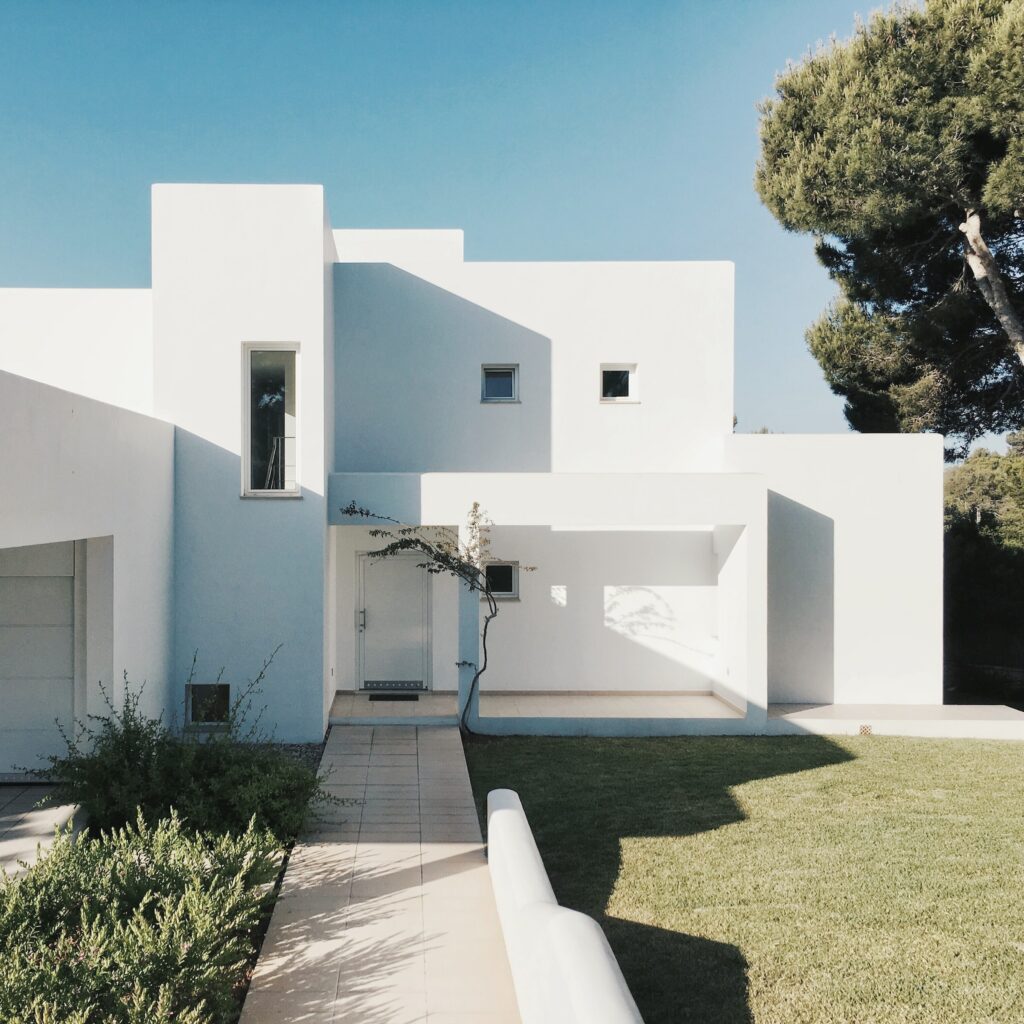When you think of window tinting, you might picture sleek cars cruising down the highway with darkened windows. But did you know that flat glass window tinting is a booming industry, estimated to be worth US$ 5.76 billion by 2030?
From residential homes to commercial buildings, flat glass window tinting offers many benefits beyond aesthetics. This comprehensive guide explores the ins and outs of flat glass window tinting, including its advantages and types.

The Many Benefits of Flat Glass Window Tinting
Flat glass window tinting is more than just a pretty face. It offers numerous functional benefits that can improve the quality of life for occupants and protect valuable assets. Some of the key benefits include:
Energy efficiency:
Flat glass window tinting can lower the need for air conditioning and reduce energy costs by reducing heat gain during hot weather. It is especially beneficial for older windows that lack low-emissivity (Low-E) coatings found in newer windows. Tinting older windows can increase a home’s energy efficiency by keeping heat out during warmer months and retaining more heat during colder months.
UV protection:
Window films can block up to 99% of harmful UV rays, preventing skin damage and reducing the fading of furnishings, flooring, and artwork. This protection is essential for preserving the value and appearance of your home or office.
Privacy:
Certain types of window films can make it difficult for outsiders to see into a building while still allowing natural light to enter. This increased privacy is particularly desirable in residential and commercial settings, where maintaining security and a sense of seclusion is crucial.
Glare reduction:
Flat glass window tinting can reduce glare, making it more comfortable for occupants to work or relax in sunlit spaces. It is especially important in homes and offices with large windows, where glare can be a significant issue depending on the placement of the windows and the presence of shade trees outside.
Types of Flat Glass Window Tinting
There are several types of flat glass window tinting, each with its unique properties and benefits. Some of the most common types include:
Dyed window tint:
Mainly used for aesthetics and privacy, dyed window tints can help prevent theft and protect the interior of a car from fading, warping, and scratching. A dyed window tint is also an affordable option for individuals looking to enhance the appearance of their home or office without breaking the bank.
Metalised tint:
This type of tint includes metals and is more affordable for individuals. It offers good heat rejection and glare reduction. The metallised tint is ideal for those looking to balance cost and performance, providing a solid option for residential and commercial applications.
Carbon tint:
Carbon tint is a strong window tint that provides excellent heat rejection and UV protection. This high-performance tint suits those prioritising energy efficiency and protection from the sun’s harmful rays.
Ceramic window tint:
This high-quality tint offers superior heat rejection, UV protection, and glare reduction, making it ideal for front windshields. Ceramic window tint is the top-of-the-line option for those seeking the best performance and protection for their home or office.
Frequently Asked Questions:
How do I choose the right type of flat glass window tint for my needs?
Consider factors such as heat rejection, UV protection, glare reduction, and privacy when selecting a window tint. Consult with a professional window tinting company to help you choose the best option for your specific needs.
How much does flat glass window tinting cost?
The cost of flat glass window tinting varies depending on factors such as the type of film, the size of the windows, and the complexity of the installation. It’s best to get a quote from a professional window tinting company to get an accurate estimate for your project.
Conclusion
Flat glass window tinting is more than just a stylish addition to your home or office. It offers numerous functional benefits, including energy efficiency, UV protection, privacy, and glare reduction. With various types of window films available, you must consult a professional window tinting company to choose the best option for your specific needs. So, the next time you admire a beautifully tinted window, remember there’s more to it than meets the eye!
